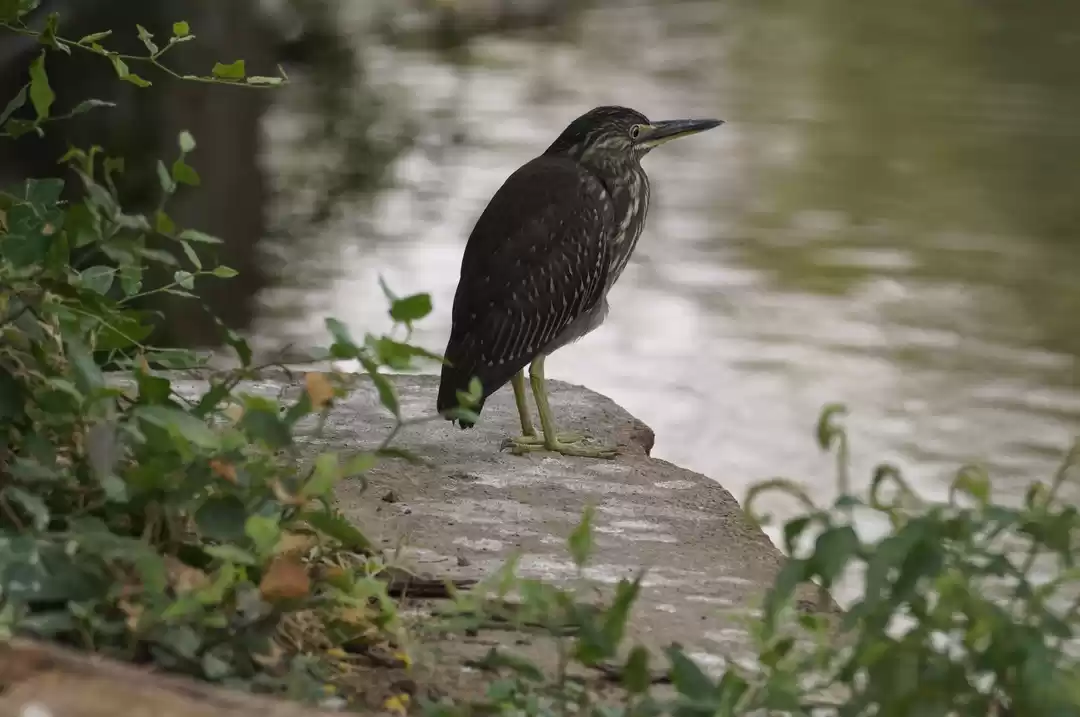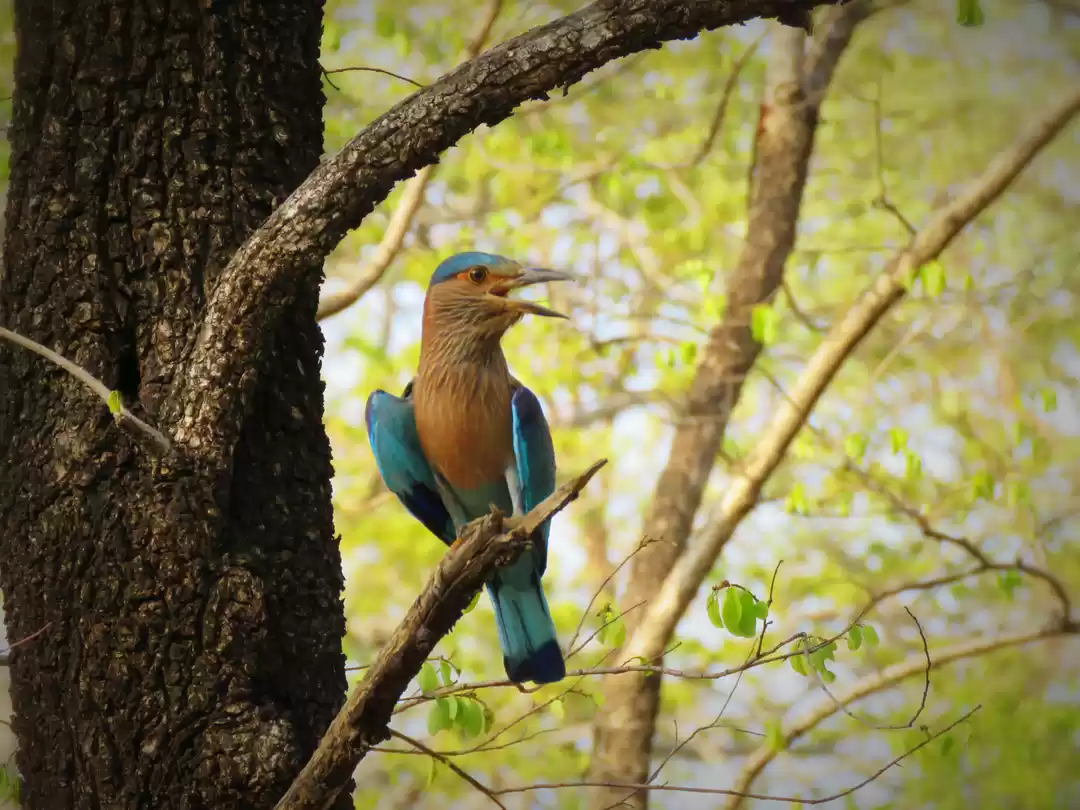
Associated with the Greek fable of princess Alcyone and King Ceyx, Kingfishers’ kaleidoscopic display in orange, Indigo, blues, chestnut, vivid fuchsia, ruddy, pinks, monochrome black & white in mid-air- with quacks and whistles register their lasting presence. In India, twelve species of these myriad colourful birds are recorded. Most species of Kingfisher have bright plumage with only small differences between the sexes.
Kingfishers are found in diverse habitats-from backyards to dense coastal mangroves and hilly rivulets of Himalayas. Based on their habits and habitats, Kingfishers are classified into tree, water and river kingfishers. Oriental Dwarf Kingfisher, Common Kingfisher, Blue-eared Kingfisher and Blyth’s Kingfisher are river kingfishers (subfamily Alcedininae) usually thrive on aquatic diet from freshwater in forest habitats.
Brown-winged Kingfisher, Ruddy Kingfisher, Black-capped Kingfisher, Collared Kingfisher, Stork-billed Kingfisher, White-throated Kingfisher are tree kingfishers (subfamily Halcyoninae) and predate on the ground. Pied kingfisher and Crested Kingfisher are water kingfishers (subfamily Cerylonidae) are specialist fish-hunters - it hovers and dives into water, fishing with prodigious panache. Amongst the three subfamilies, the Alcedininae happens to be taxonomically basal to the other two subfamilies.
All kingfishers have large heads, long and sharp dagger-like bills, short legs, and stubby tails. The bill is usually longer and more compressed in species that hunt fish, and shorter and broader in species that hunt prey off the ground. The shape of Kingfisher’s bill said to have inspired the engineers in resolving the sound problem of Shinkansen trains. The shape of the kingfisher’s beak and head allowed it to fly at high speeds with minimal collision and noise. When translated into the train, engineers realized it could break the air bubble that was created in front of the Shinkansen train to minimize noise.
White-throated Kingfisher (Halcyon smyrnensis), the most ubiquitous kingfisher near water bodies and agricultural fields. They prefer to stay perched on elevated structures or on trees. Unlike other kingfishers, White-throated Kingfishers thrives on their prey in wooded regions, rarely going underwater. They mainly feed on insects, reptiles and rodents.
The kingfishers have excellent vision; they are capable of binocular vision. Due to restricted movement of their eyes within the eye sockets, use head movements to track prey. In addition, they are capable of compensating for the refraction of water and reflection, to judge depth under water accurately. The nictitating membranes, besides protecting their eyes, help them to dive into water and locate their prey. The pied kingfisher has a bony plate, which slides across the eye when it hits the water.
Kingfishers are known for their unique hunting traits. They hunt for fish underwater and carry it back to their perch, beat the catch to death on a branch and then consume the fish head first by tossing it in the air. Quite interestingly, Pied Kingfisher before driving into hover locking the focus on target and stoop silently and come out with a catch.
Though population of the majority of the Kingfisher species is decreasing due to fragmentation of forest land and water pollution, but conservation status of most of the resident kingfisher species is still under Least Concern status. The Blyth’s Kingfisher and Brown-winged kingfisher are having ‘Near-threatened conservation status. Before it is too late, the need of the hour requires conservation effort before these bejewelled beauties are adversely impacted. Here presents the enigmatic beauty, grace of all twelve kingfishers of India displaying their kaleidoscopic colours in their habitat.


























